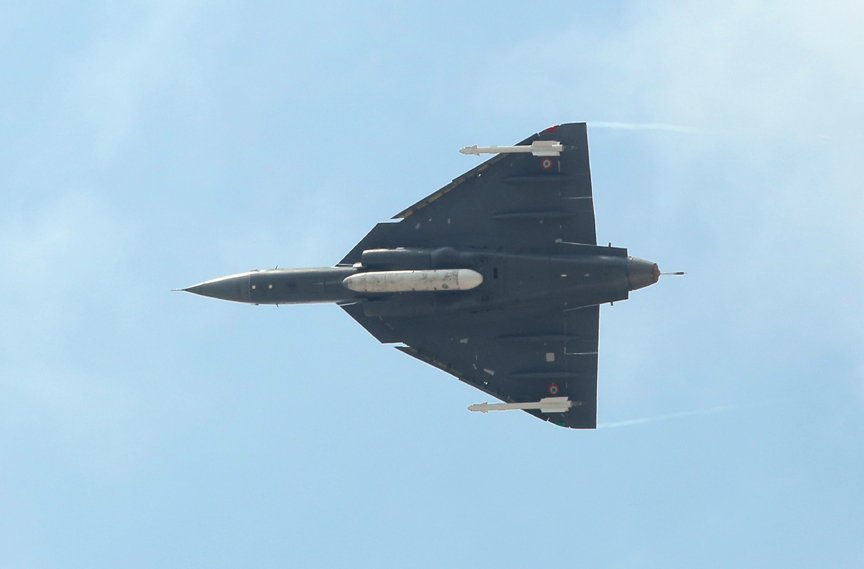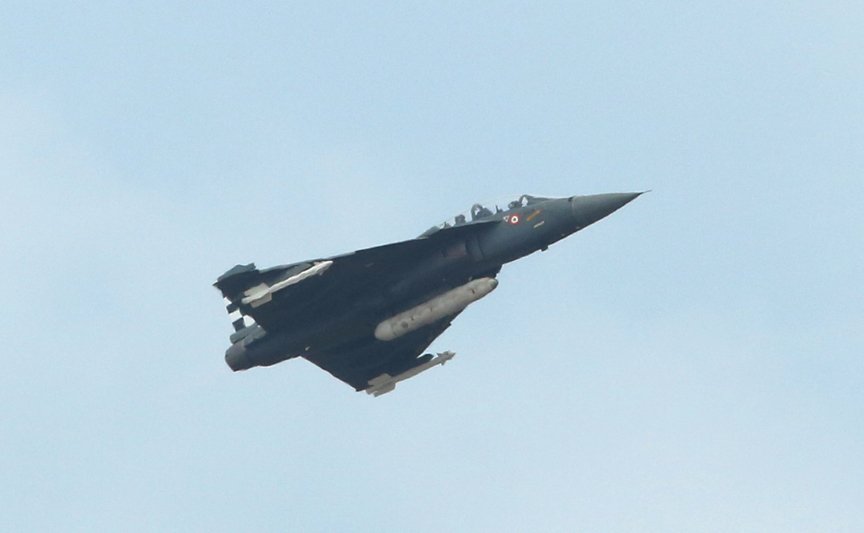chetak wrote:
the production philosophy, safety standards and quality compliance techniques in aerospace and automobile sectors are very different, even though the end requirement of defect free product is the same. one is low volume / high cost and the other is high volume / low cost.
ISO/TS 16949 is the globally recognized quality management standard for the automotive industry as is AS 9100 for the aerospace industry. Indian aero PSUs and automobile companies follow them in India too.
what is being suggested has not been done anywhere in the world.
except Honda, Saab, give or take, there are no car companies making aircraft. Honda and SAAB have no connection whatsoever between their car and aerospace companies.
Actually there are a few more car companies with aero interests (not all are current): Rolls Royce (aircraft engines), Mitsubishi (WW-II zero!), BMW (hell, their logo is a propeller), Ford (now spun off as Ford Aerospace. They used to make the Ford Trimotor a long while ago), Volvo Aero (used to supply engines to Swedish air force, they got sold to some other company in 2012), Porsche (used to supply engines to Mooney aircraft in the 1980s, allegedly a modified version of the flat-6 that they put in their 911s), Fiat (at least until the 50s), Grumman (they still make fire-engines, post office and UPS trucks), BF Goodrich (they not only made tires, but they also made lots of aerospace components, until United Technologies bought them in 2012) etc.
Of course, these are large primary manufacturers, but there are also smaller secondary component manufacturers, who also tend to be somewhat diversified (at least in the US). For instance, it is very common for many second-tier manufacturers in the US to make precision aircraft parts as well as medical equipment. Other common side businesses are making power generation equipment or parts for oil and gas industry. Aerospace is one of those industries where demand fluctuates a lot and therefore, these smaller companies have to rely on other sources of revenue that need high precision manufacturing and have much more steady demand.


